Information Technology > QUESTIONS & ANSWERS > Systems Analysis and Design, Tenth Edition End of Chapter Solutions PART B CASE Tools (All)
Systems Analysis and Design, Tenth Edition End of Chapter Solutions PART B CASE Tools
Document Content and Description Below
IT 510 Systems Analysis and Design, Tenth Edition End of Chapter Solutions PART B CASE Tools Toolkit Exercises s Questions 1. Define CASE, CASE tools, and a CASE environment. CASE stands for com... puter-aided systems engineering. CASE tools are software programs that system developers use to help them design and construct information systems. A CASE environment is more than a set of CASE tools — it includes any use of computer-based support in the software development process. (Page 582) 2. Explain the difference between procedural and non-procedural languages. Procedural languages, such as COBOL, require a programmer to create code statements for each processing step. In contrast, modern languages such as C++ and Java are called non-procedural, or event-driven, because instead of writing a series of dependent instructions, a programmer defines the actions that the program must perform when certain events occur. (Page 585) 3. Describe 4GLs and their characteristics. 4GLs, or fourth-generation languages, are object-oriented programming languages (OOPL) that are especially valuable in implementing an object-oriented system design. 4GLs are important components of a fourth-generation environment. (Page 585) 4. Define a repository, and explain its role in the systems development process. A repository is a database that serves as a central storage location for all information about the system being developed. Once a data element has been defined in the repository, it can be accessed and used by processes and other information systems. For example, a sales processing, accounts receivable, and shipping system all might require data about customers. After a CUSTOMER data element is entered in the repository, all three systems can share a consistent, up-to-date definition. When you define a data element in the repository, you can assign a data type and format, a range of acceptable values, and one or more aliases, or alternative names for data elements. (Page 586) 5. What are forward and reverse engineering tools, and how are they used? Forward engineering tools can translate business processes and functions into applications. Some CASE tools allow you to build the system either by editing objects and code directly, or by modifying graphical representations such as DFDs and UML diagrams. Reverse engineering tools allow you to examine an existing application and break it down into a series of diagrams, structure charts, and, in some cases, source code. (Page 587) [Show More]
Last updated: 1 year ago
Preview 1 out of 5 pages
.png)
Reviews( 0 )
Document information
Connected school, study & course
About the document
Uploaded On
Aug 22, 2022
Number of pages
5
Written in
Additional information
This document has been written for:
Uploaded
Aug 22, 2022
Downloads
0
Views
99
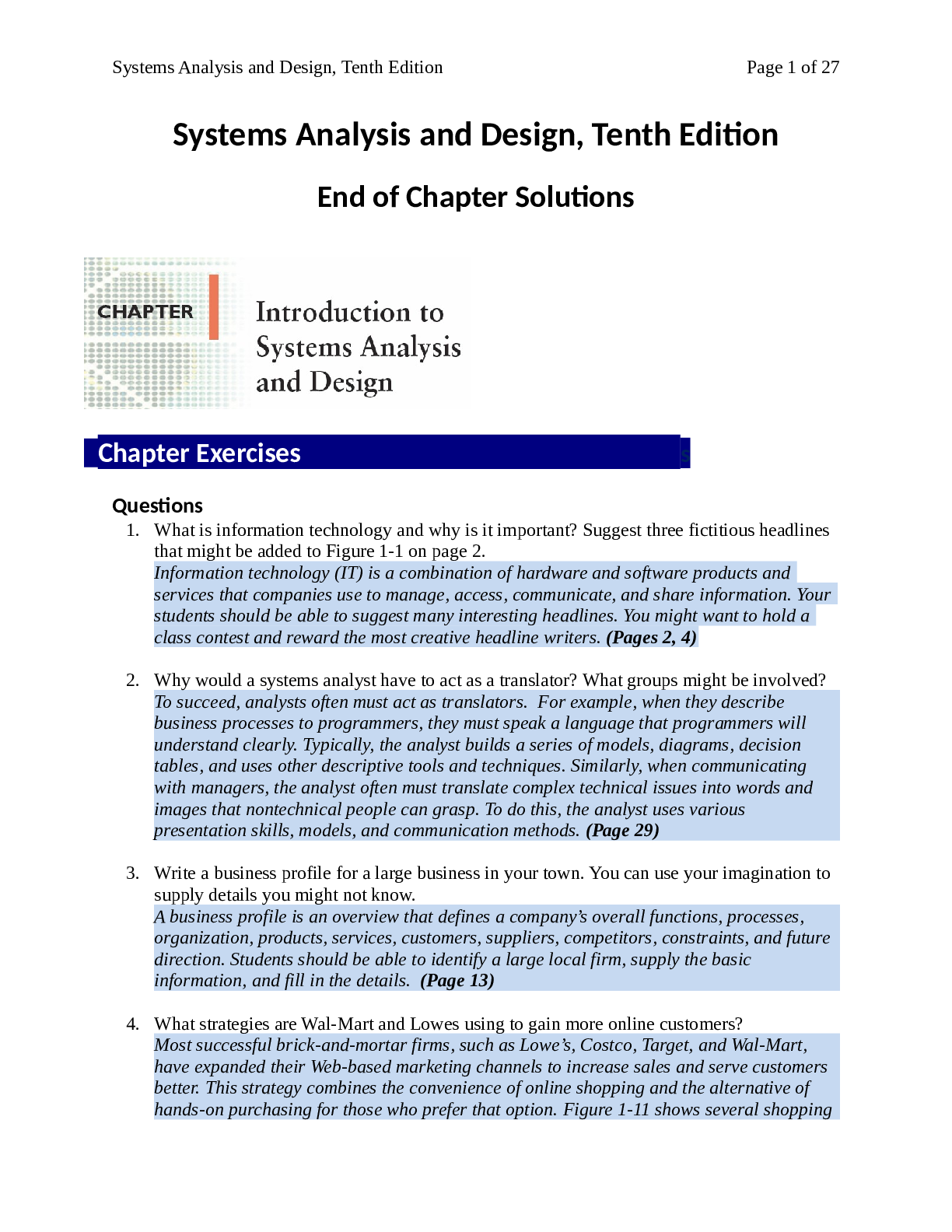













.png)
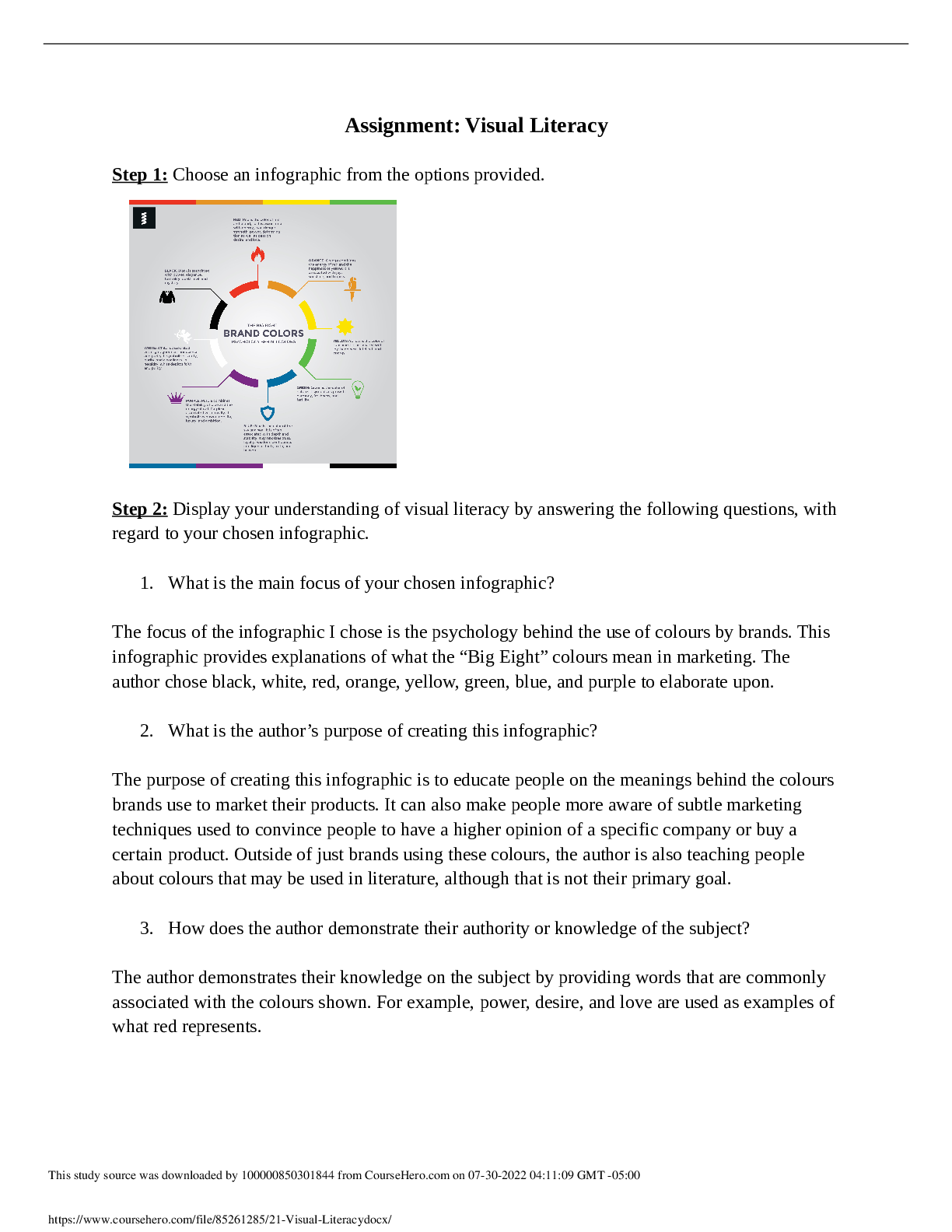

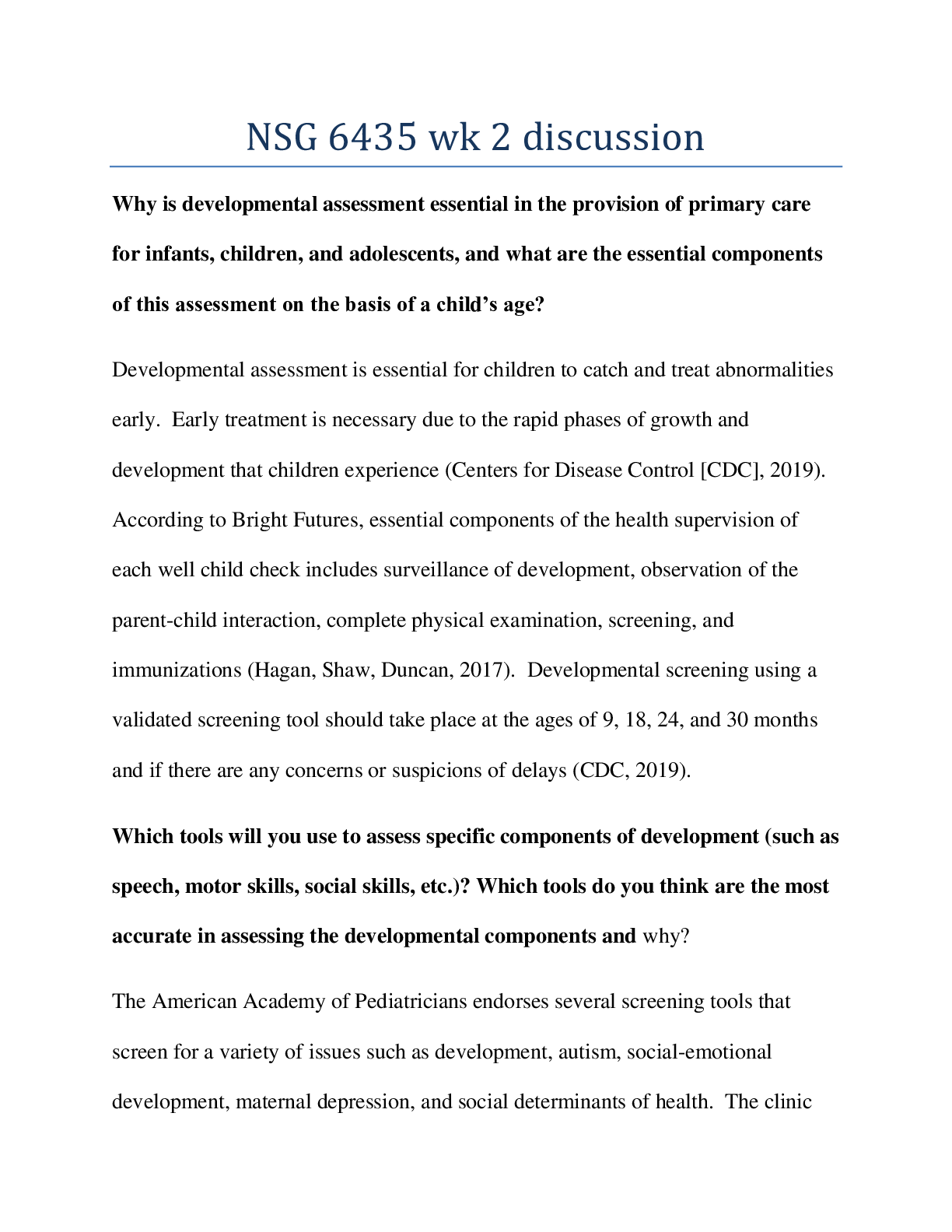
.png)
.png)
.png)
.png)
.png)
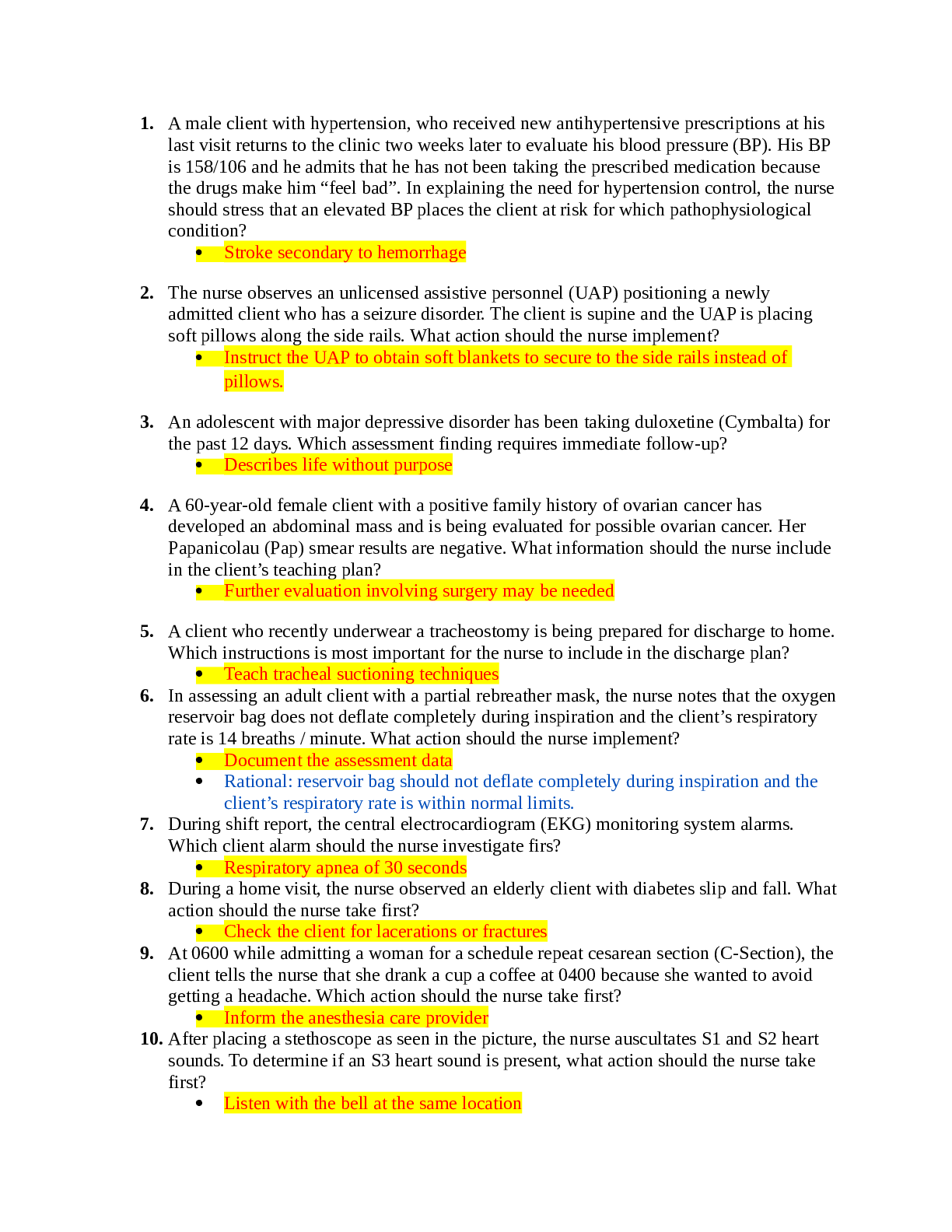

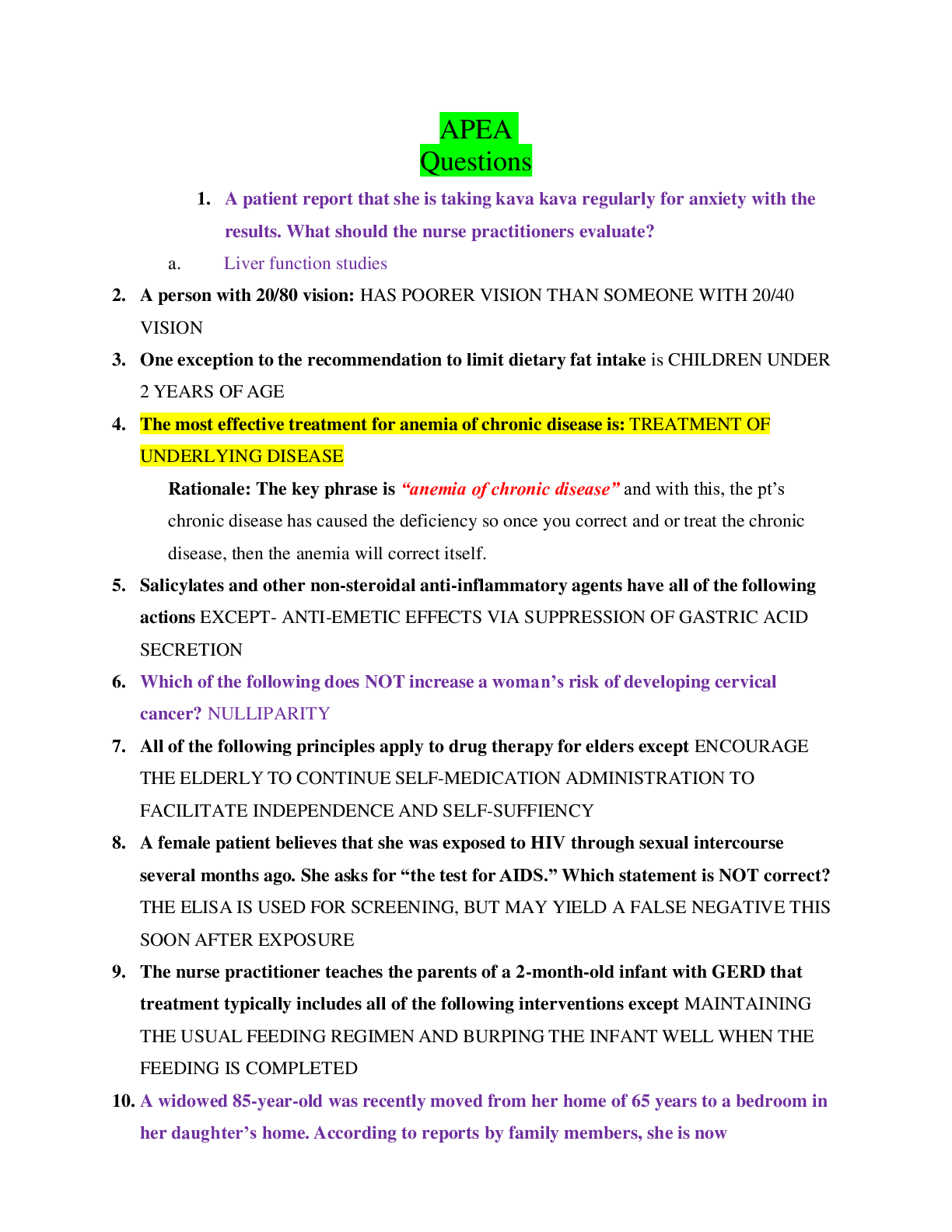




.png)

.png)




.png)

